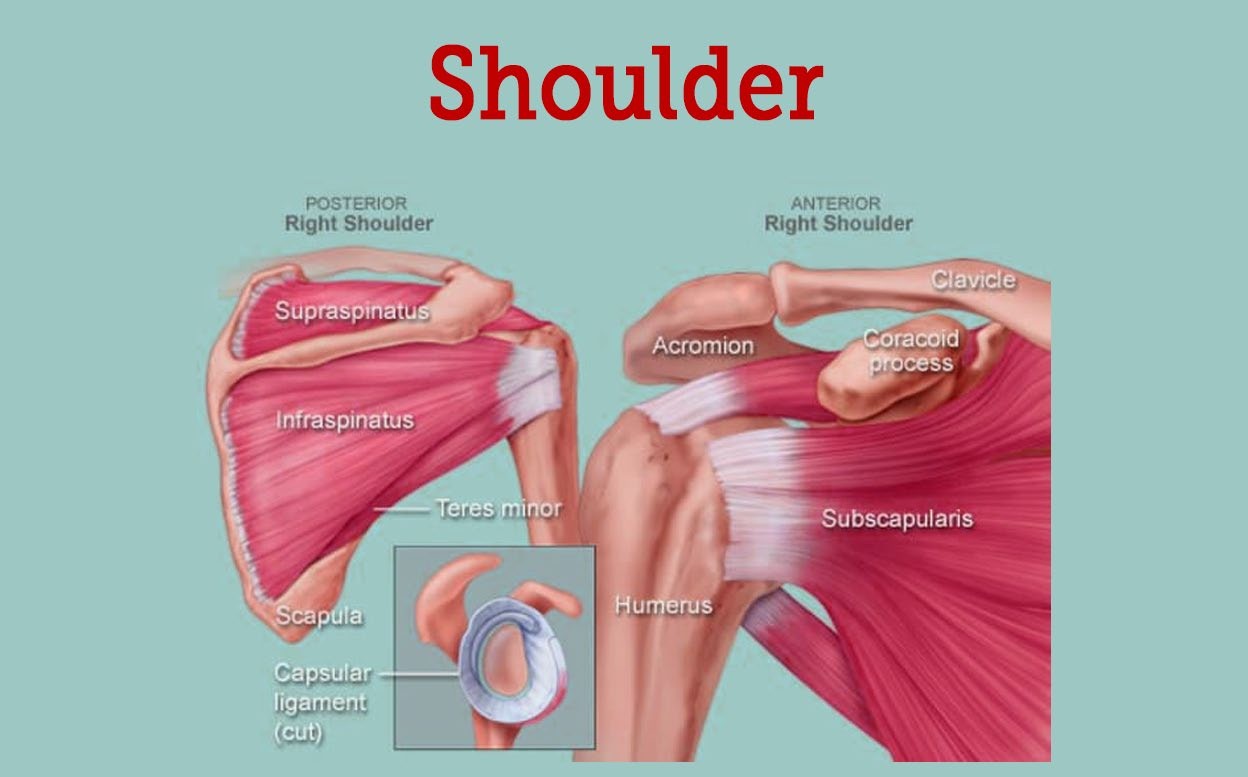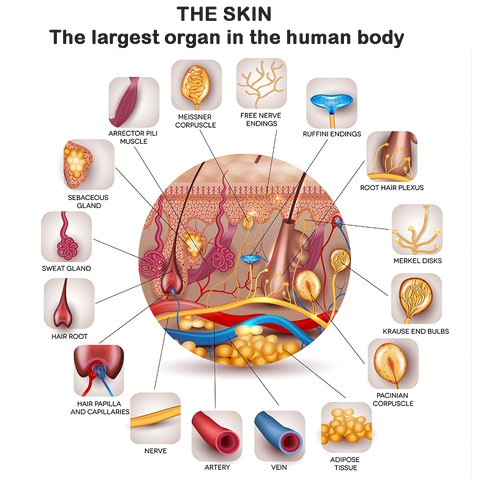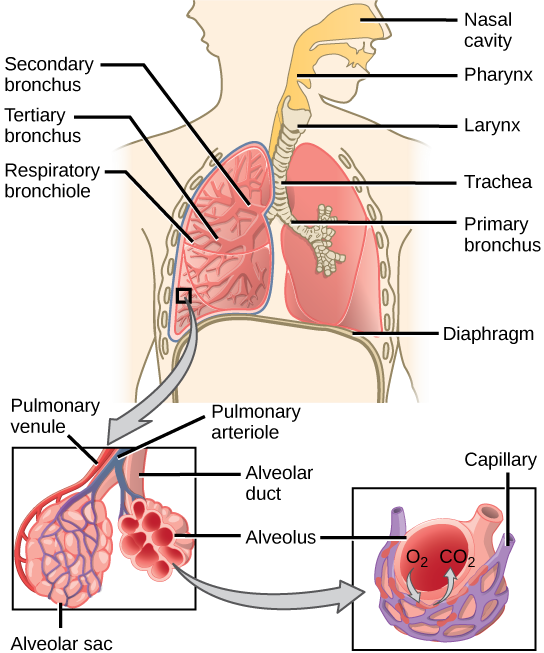What is the name of the joint that allows for rotation of the arm at the shoulder?
Elbow joint
Hip joint
Knee joint
Shoulder joint
Correct Answer : D
 |
TEAS 7 Exam Quiz Bank
HESI A2 Exam Quiz Bank
Find More Questions 📚
Teas 7 Questions: We got the latest updated TEAS 7 questions
100% Money Refund: 100% money back guarantee if you take our full
assessment pass with 80% and fail the actual exam.
Live Tutoring: Fully customized live tutoring lessons.
Guaranteed A Grade: All students who use our services pass with 90%
guarantee.
Related Questions
Correct Answer is A
Explanation
Transfer RNA (tRNA) is responsible for carrying amino acids to ribosomes during protein synthesis. Each tRNA molecule has a specific ancodon that matches a codon on the messenger RNA (mRNA) molecule. The tRNA molecule binds to the mRNA codon and brings the corresponding amino acid to the ribosome, where it is added to the growing polypepde chain.

Correct Answer is A
Explanation
The kidneys secrete a number of hormones, which are important for normal functioning of the body.
If blood pressure falls, renin is secreted by the kidneys to constrict the small blood vessels, thereby increasing blood pressure. If the kidneys aren’t functioning correctly, too much renin can be produced, increasing blood pressure and sometimes resulting in hypertension (high blood pressure). This is why a number of people with kidney diseases also have high blood pressure.
Correct Answer is D
Explanation
The largest organ in the human body by surface area is the skin. It covers the enre external surface of the body and has an average surface area of about 20 square feet in adults.

Correct Answer is C
Explanation
One of the main funcons of the respiratory system is to facilitate the exchange of gases between the body and the environment. During inhalaon, air enters the lungs and oxygen is absorbed into the bloodstream. During exhalaon, carbon dioxide is removed from the body and expelled into the environment.

Correct Answer is C
Explanation
Red blood cells, also known as erythrocytes, play a crucial role in the circulatory system, primarily by facilitating the transportation of oxygen to body tissues. The other choices are also explained below:
A. Facilitation of gas exchange in the alveoli: While gas exchange occurs in the alveoli of the lungs, it is primarily carried out by the respiratory system and involves the exchange of oxygen and carbon dioxide between air and blood. Red blood cells do not directly participate in this process.
B. Regulation of blood pH through the release of bicarbonate ions: The regulation of blood pH is mainly maintained by the bicarbonate buffering system, which involves the action of the respiratory and renal systems. Red blood cells do play a minor role in transporting carbon dioxide, which can indirectly influence pH, but it's not their primary function.
D. Synthesis of clotting factors in response to vascular injury: Clotting factors are primarily produced by the liver and are involved in the blood clotting process to prevent excessive bleeding. Red blood cells are not directly responsible for synthesizing these factors.
Correct Answer is D
Explanation
Chemical properties are characteristics of a substance that describe its ability to undergo a chemical change or reaction with another substance. Reactivity with acid is a chemical property because it describes how a substance will react with an acid to produce a new substance.
Density, melting point, and boiling point are physical properties that describe how a substance behaves under certain conditions but do not involve a chemical change or reaction.
Correct Answer is B
Explanation
The mitral valve is located between the left atrium and left ventricle of the heart and helps to regulate the flow of blood between these chambers. It consists of two leaflets or flaps that open and close in response to changes in pressure as the heart beats.
During diastole, when the heart is relaxed and filling with blood, the mitral valve opens to allow blood to flow from the left atrium into the left ventricle. During systole, when the heart contracts to pump blood out of the left ventricle and into the systemic circulation, the mitral valve closes to prevent backflow of blood into the left atrium.
The mitral valve is one of four valves in the heart that help to ensure the unidirectional flow of blood through the heart and the rest of the circulatory system. Problems with the mitral valve, such as mitral valve prolapse or mitral stenosis, can lead to a range of symptoms and complications, including shortness of breath, fatigue, chest pain, and heart failure.

Correct Answer is D
Explanation
- A. Adduction → Moving a limb toward the midline of the body. ❌
- B. Extension → Increasing the angle of a joint (e.g., straightening the arm or leg). ❌
- C. Flexion → Decreasing the angle of a joint (e.g., bending the elbow or knee). ❌
- D. Abduction → Moving a limb away from the midline (e.g., raising the arm or leg sideways). ✅
Correct Answer is C
Explanation
Transfer RNA (tRNA) is a type of RNA molecule that carries amino acids to the ribosome during protein synthesis. Each tRNA molecule has a specific sequence of three nucleotides called an anticodon, which pairs with a complementary codon in the messenger RNA (mRNA) sequence. Each tRNA also carries a specific amino acid that corresponds to the codon it recognizes, allowing the ribosome to link the amino acids together in the correct order to form a protein.
In contrast, messenger RNA (mRNA) carries the genetic information from the DNA to the ribosome, where it serves as a template for protein synthesis. Ribosomal RNA (rRNA) is a component of the ribosome itself, where it helps to catalyze the formation of peptide bonds between amino acids. Small nuclear RNA (snRNA) is involved in splicing of pre-mRNA molecules during post-transcriptional processing.
 |
Correct Answer is B
Explanation
Ligaments are tough bands of fibrous ssue that connect two bones together in a joint. They provide stability and support to the joint, prevenng excessive movement and helping to maintain proper alignment of the bones.

This question was extracted from the actual TEAS Exam. Ace your TEAS exam with the actual TEAS 7 questions, Start your journey with us today
Visit Naxlex, the Most Trusted TEAS TEST Platform With Guaranteed Pass of 90%.
Money back guarantee if you use our service and fail the actual exam. Option of personalised live tutor on your area of weakness.
